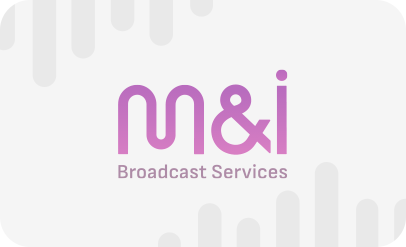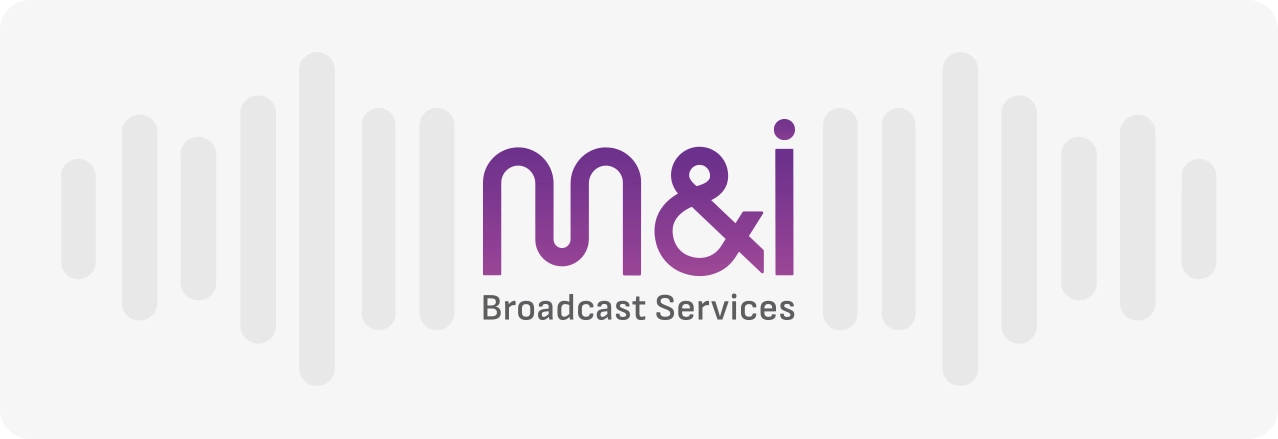
- Home
- >
- M&I's Blog
- >
- Radio Solutions
- >
- 10 reasons to choose a software-defined radio
Radio Solutions
10 reasons to choose a software-defined radio
There are thousands of reasons that explain the rapid evolution of software-defined radios in the latest years. As in many other sectors, digitalization has deeply transformed the radio business opening many opportunities for traditional radio stations. However, not everyone is ready to completely move from analog to digital and some may be wondering why should I make such an investment when my system works just fine.
For those of you still pondering this decision we have summarized 10 key points that may help you make the right move:
1: Software defined radio is highly scalable
This means it grows with you and your needs. Any radio station willing to extend its coverage area can widen its broadcasting capabilities simply by adding SDR modular units. Forget about extensive hardware changes.
Extending the transmission range is no longer a costly infrastructure problem.
2: Reduce the costs associated with upgrades and replacements
SDR is more cost-efficient as it allows you to upgrade or replace specific modules instead of entire systems.
Therefore, should you need to adapt to some new broadcast standards, you may change the modulation unit or any other specific module you may need, to support the new standards.
3: Increased Interoperability
A modular software-defined radio (SDR) allows you to integrate seamlessly with protocol standards and multiple devices.
This makes it easier to promote compatibility among different systems within the private radio industry. For example, the task of integrating digital broadcasting standards with existing analog systems with modular SDRs is more manageable.
4: High levels of customization and flexibility
Headaches caused by specific operations requirements or requests for unique applications that risk overhauling the entire infrastructure are something from the past. Modular software-defined radio (SDRs) will allow you to answer to the needs of a niche content radio station customizing transmission settings to suit specific content, and adjusting modulation schemes or signal processing to adapt to their programming needs.
5: Fast and efficient prototyping
Testing new functionalities or features within radio systems is more manageable and efficient thanks to the modular nature of SDRs.
This has a direct effect on innovation, accelerating processes and reducing time-to-market for new products. So that you can test new signal processing techniques by implementing experimental modules within your SDRs setup and make sure improvements in audio quality or transmission efficiency work properly before deploying them station-wide.
6: Maintenance is optimized
Upgrades and maintenance are far more manageable with a modular system where you don`t need to disrupt the entire system as you can easily isolate faulty modules for replacements and repairs.
7: New technologies are welcomed
In a system so adaptable, incorporating the latest- advancements is easier.
8: Downtime reduction
There will be downtimes when there is no other chance but this will not happen as often as before as you can swap modules and ensure uninterrupted operations for critical applications.
9: Interfaces are standardized
Interoperability is promoted by standardized interfaces as connectivity between modules is simplified and integration with third-party equipment is enabled.
10: Boosts constant evolution
Adapting and evolving your system was never so easy as with modular SDRs. Move your system forward as technology advances and future-proof your business operations.
There is a wide range of SDR systems available in the Market and we strongly recommend you take your time to find the one that best matches your needs. If you are wondering how others are doing you may want to learn a bit more about how the public Netherlands broadcaster NPO Radio 5 made their choice and how it impacted its business.
If you are already convinced to change you may need to consider the different requirements, you may have for your new system. These are some of the most demanded features in the market:
Complete Catalogue control
Production solutions that include: ingest, editing and recording tools
A Log editor with a simple scheduling and playout
Easy to use “on-air tools”
Distribution of your content through different digital platforms and sites.
API Integration and flexibility
Our Omniplayer radio automation software has been designed to cover them all.
Related categories:
Articles you might be interested in

Irene Pesos
|10 May 2024 -
8 min read
5 Reasons Why Radios Need to Automate Radio Production
In this article, we’ll get into the specifics of how the cutting edge technology known as radio automation can help – so, read on to find out our top five reasons to implement it today.

admin
|21 February 2024 -
7 min read
How to Choose the Best Radio Automation Software
Choosing among the many radio automation programs on the market is a critical decision for any radio station.

Ricardo Quintanilla
|6 July 2023 -
3 min read
M&I Broadcast Services unveils new logo and website
Discover M&I Broadcast Services' new logo and website, conceived to reflect its commitment to cutting-edge broadcast software solutions and industry innovation.


